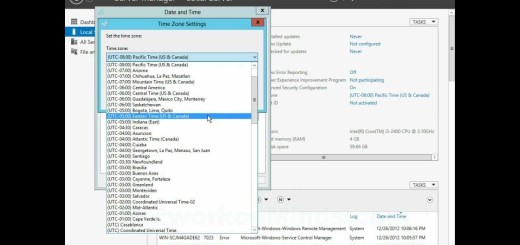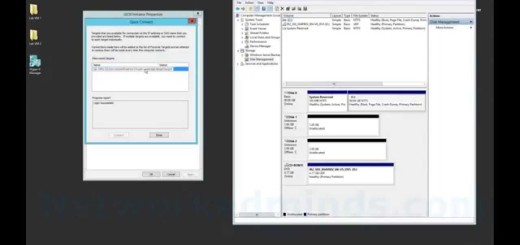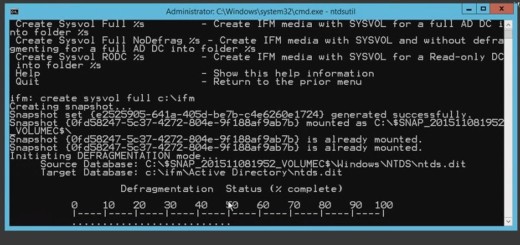70-410 Objective 3.1 – Create & Configure Virtual Machine Settings in Hyper-V Part 1
In this video we explore Objective 3.1 Creating and Configuring Virtual Machines Settings on Hyper-V. This is another video in the 70-410 series following the ExamRef book for the 70-410 exam. We will explore the various types of virtualization architectures comparing MainFrames, ESXi, Vmware Workstation and Hyper-V. We will also examine the differences between the partitions that are created when Hyper-V is installed and Virtual Machines are created. I also explain the different Hyper-V versions and host operating systems that support them. I make reference to the licensing and differences between Standard and Datacenter. We look at the Hyper-V limitations, which I refer to as capabilities for hosts, hosts in a Windows Failover Cluster and guests. We also look at installing Hyper-V on a host, best practices, and the requirements such as Intel-VT/AMD-V and DEP. We discuss creating VMs and the files that are used by the virtual machine as well as the PowerShell commands or cmdlets used to create VMs. We further review the differences between Generation 1 and Generation 2 VMs and the hardware that is offered to the VM. Such as the direct access to the VMBus for Generation 2 virtual machines and the supported operating systems. We conclude this video discussing the supported Guest operating systems for Hyper-V and what it means to have a supported Guest OS as per Microsoft.
Explanation of different types of virtualization architectures – 0:10
Explanation of how the Hyper-V hypervisor operates – 2:30
Why Hyper-V is thought of as a type-2 hypervisor – 3:15
Differences between the parent and child partitions – 3:48
The different versions of Hyper-V and the supported host operating systems – 4:54
Hyper-V limitations and capabilities for hosts and guests – 7:19
Requirements for Installing Hyper-V – 9:24
Creating Virtual Machines thru the MMC and PowerShell – 13:21
Differences between Generation 1 and Generation 2 VMs – 14:36
Supported Guest Operating Systems on Hyper-V – 17:23


